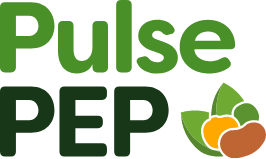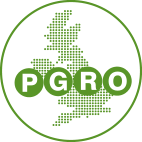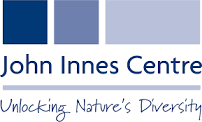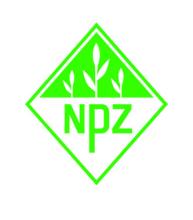See the PGRO Online Pulse Agronomy Guide for useful information on how to grow combining peas and vining peas.
Combining peas (Pisum sativum) are a valuable break crop. The produce is mostly used for human consumption or as a high protein component of pet and livestock feeds.
The first step in planning a pea crop is to decide upon the intended market. Many types of high quality peas are suitable for a range of premium markets, but all types are suitable for animal feeds.
Current marrowfat human consumption varieties are relatively lower yielding and they are often more expensive to produce - but they can command a high premium price.
Most varieties of peas grown in the UK are white flowered, a small area of coloured flowed 'Maple' varieties are grown for pigeon feed. All varieties of white flowered peas are suitable for premium markets but can also be used for animal feed. These are further classified on the current PGRO Descriptive List into yellows (whites), greens (large & small blues) and marrowfats.








